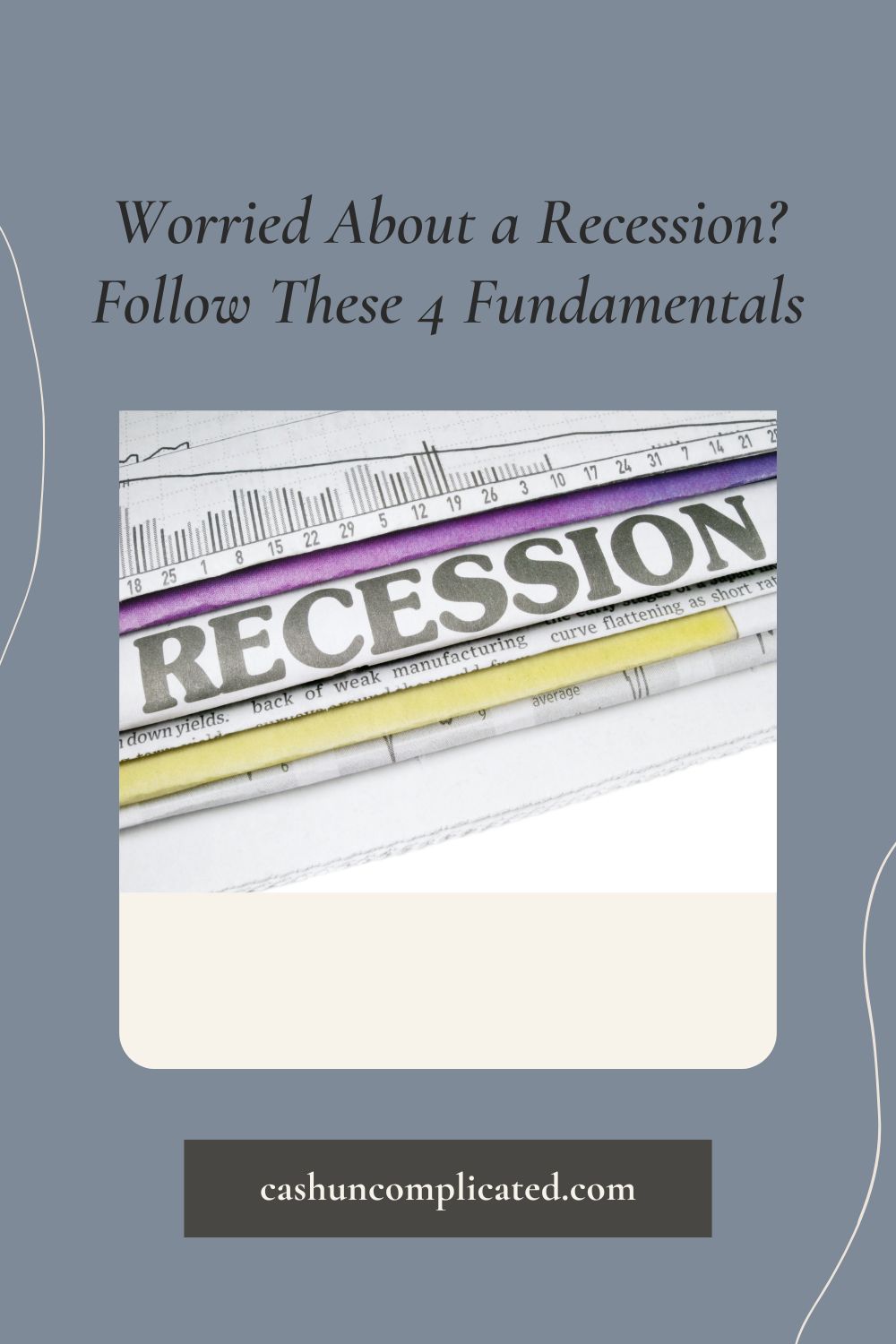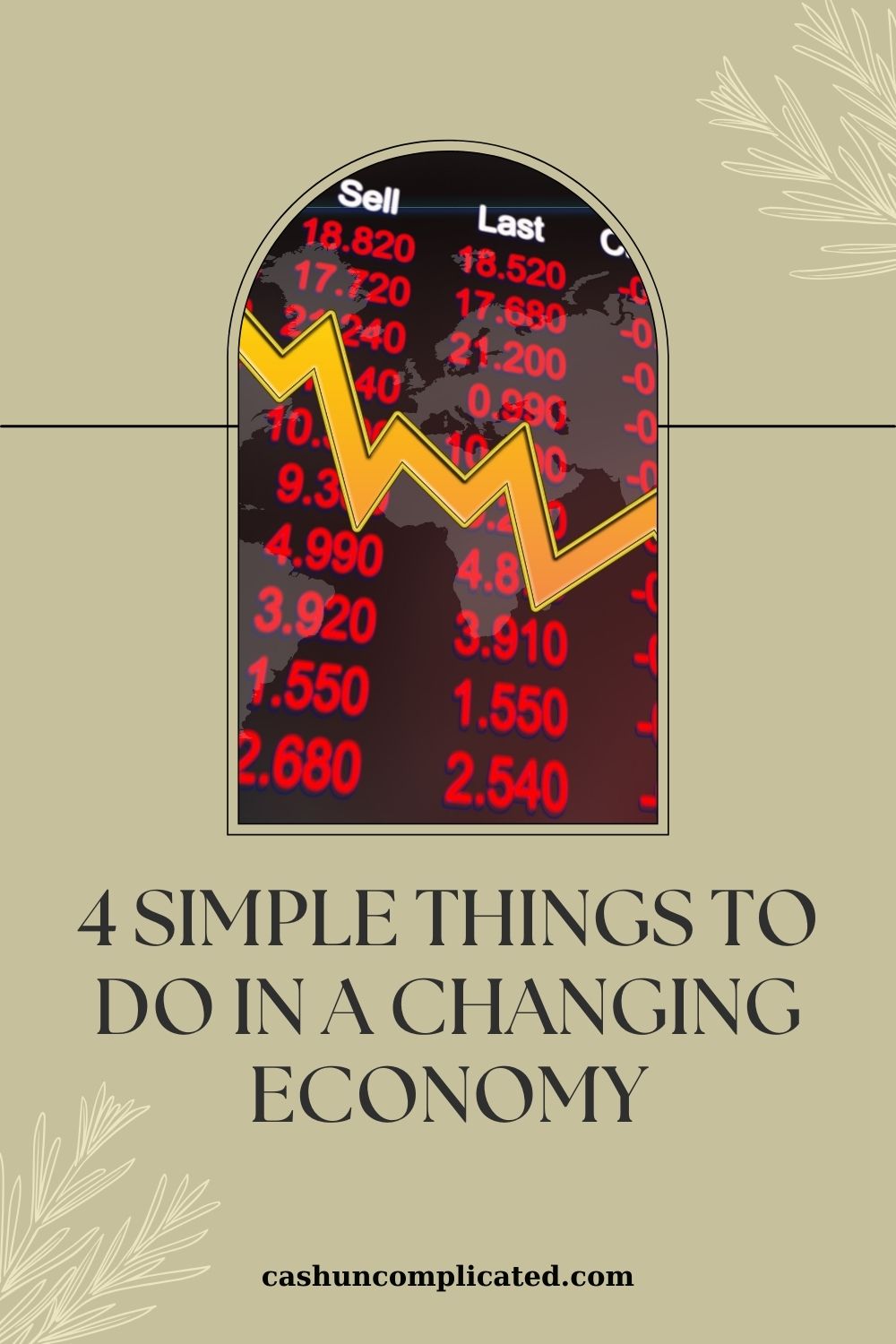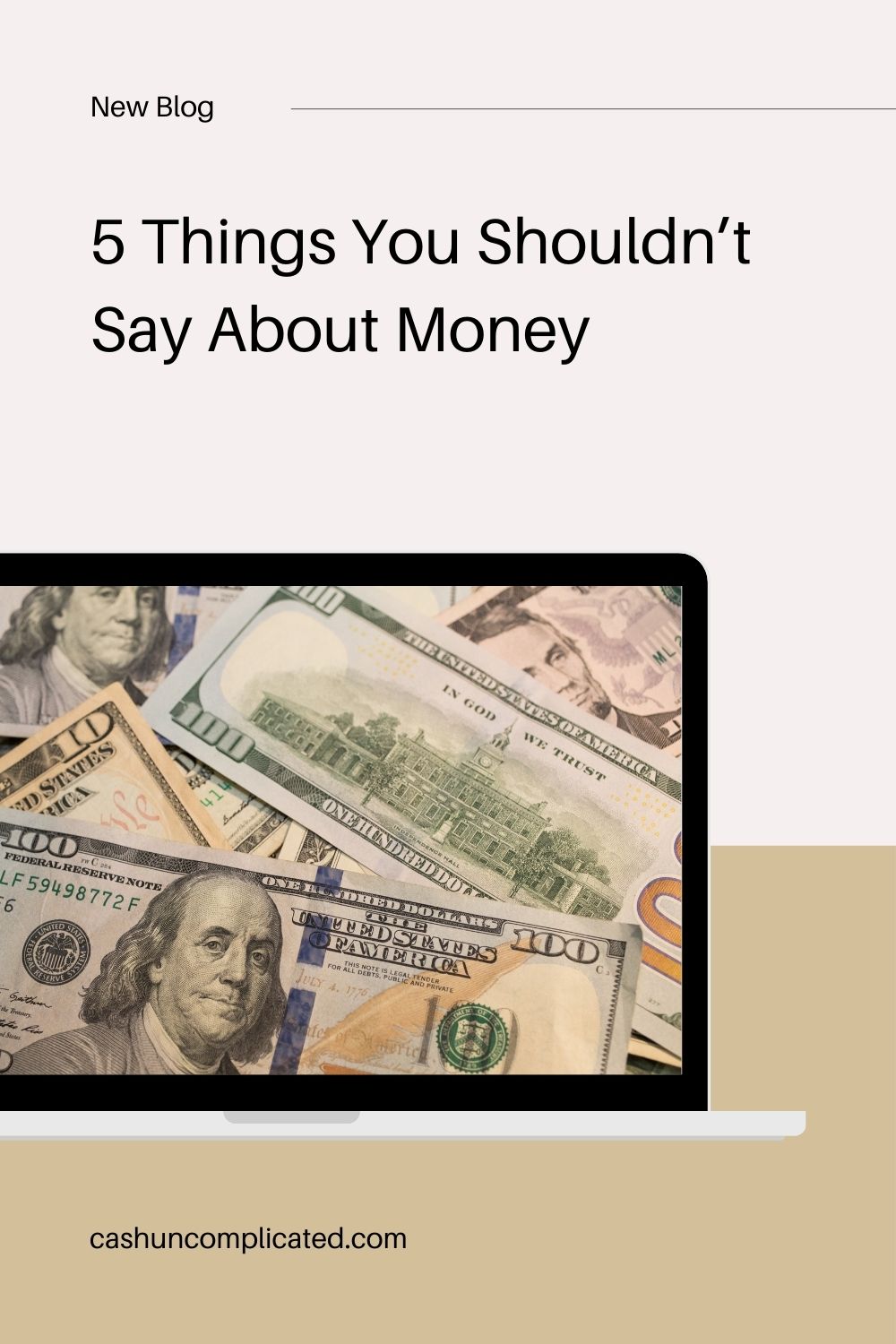One of the most common objections I hear about investing is where the money is going to come from to invest. With so many people living paycheck to paycheck, it’s not so easy to find 10 percent or more to invest. But it can be done. Here are five places to start.
Related: 6 Ways to Rapidly Increase Your Investment Contributions
Pay Increases
This is one I write and talk about a lot. This strategy will not only help you avoid lifestyle creep, but it’s also one of the most powerful wealth building tools available. The strategy is simple.
Every time you receive a pay increase, automate it. A pay increase can come from a regularly scheduled raise at work, a new job with a higher wage, a side hustle, and countless other sources.
Ideally, automate 100 percent of a pay raise. If you can’t do 100 percent, automate 80 or 90 percent. Automate it before you even get it. For example, if you’re scheduled to get a $100 raise November 1st, automate the money in late October. That way you’ll never even miss the money because you’ll never have it in the first place.
If you’re struggling with this concept, I heard some wise advice from Dale Gillham on his show Talking Wealth. He said if you were happy last month when you were living on your old salary, you’ll be happy this month on that same salary. So go ahead and automate the money because you really aren’t going to notice the difference.
You will notice as that money compounds though.
That Something
Everyone has that something they could easily cut from their spending. That could be the clichéd morning coffee, takeout, a never used subscription, or a variety of other things. Often times these things aren’t even thought about.
The morning coffee is so often talked about because of a combination of two factors. Number one it’s expensive to order out coffee instead of making it at home. Often, coffee purchased at a coffee shop or other location can exceed four or five dollars while making it at home costs well under a dollar.
Number two, it’s one of the most common mindless spending activities people engage in. It goes something like this: wake up early for work, rush through getting the kids ready, eat a quick breakfast, then grab a quick coffee at the drive thru on the way to work. It becomes a natural flow, or a habit, to get the coffee as part of the morning routine. It’s a fairy mindless activity and just seems like a natural part of the morning.
Mindless activities usually don’t produce much joy. If you’re not mindful about it, just as much satisfaction can be gained from making coffee at home than from ordering out. So if you’re spending 20 dollars a week on something not providing you enjoyment, why not just make your coffee at home?
Coffee isn’t the point though. The point is that everyone has that something they’re spending money on that they don’t enjoy or value. Find that something (and more than likely something’s) and use the money to invest.
Good places to start eliminating “that something”:
- Parts of morning or afternoon routines like coffee, bagels, takeout, items from vending machine
- Rarely or never used subscriptions like magazines, streaming services
- Insurance you don’t need any more (example: business insurance for a side project abandoned two years ago)
- Season tickets you don’t use much
Debts Paid Off
If you’ve got consumer debt, paying it off is one of the most important things you can do to boost your finances. That gets you away from paying the creditors, and back to paying yourself. Once you’ve paid off consumer debt, use the money you had been using for debt payoff, and immediately automate it to investments.
For example, if you have worked hard over the past two years to pay off $9,400 of consumer debt, you are going to have new found money. If you had been spending $425 per month to pay off debt for the past couple years, once that debt is paid, you now have $425. It would be easy to just start spending that extra $425, but don’t fall into that trap.
Instead, immediately automate the $425 into an investment. This follows the same principle as the pay raise—automate it and forget it. You were doing fine the past several years without that $425 so you’ll do fine continuing without it. That $425 alone will make you a lot of money over the years. $425 invested monthly at a 10 percent rate of return will provide you with $89,409 in 10 years, $321,313 in 20 years and $922,811 in 30 years. That’s a lot of money for just taking this simple action.
End of Preschool/Daycare
This method is very similar to the last one. Childcare is typically the most expensive when children are youngest. There are a couple opportunities here.
The first opportunity is when kids move from infant to toddler. Normally, childcare costs the most for infants. When they move to the toddler stage, the prices typically go down. For example, and to use very even and broad numbers, suppose an infant’s childcare is $1,200. Using the same example, suppose the $1,200 is reduced to $900 in the toddler stage.
That’s $300 extra dollars per month that can go straight to investing. Just like in the previous example, automate the $300 so it doesn’t get stuck in your checking account where it will inevitably get spent.
The second opportunity is when your child reaches school age. At that point, you may be able to reduce childcare costs to zero if the school schedule aligns with your and/or your spouse’s work schedule. If $900 is reduced to zero, immediately automate the entire $900 to investments. You’re already used to spending the money so why not “spend” it on investments that will substantially build your wealth?
To show the power of this method, look at the numbers below. We will assume these childcare costs:
- Year 0-1: $1,200 per month
- Year 1-5: $900 per month
- Year 5-18: Zero per month of regular childcare (excludes babysitters)
Starting at year one, this family has $300 more per month to invest. They will have this amount until the child reaches school age, which we’ll call five years old for this post, although it may be younger in some school districts. That’s four years of being able to invest $300 per month. Once the child reaches school age, the $900 is reduced to zero, creating an additional $900 per month to invest, $1,200 total.
$300 per month for four years will leave the family with $3,600 per year for the next four years to invest. At a ten percent rate of return, that equals $18,378 after four years. As childcare expenses are eliminated when the child reaches school age, this family will have an additional $900 per month, in addition to the $300 they were already investing. Total of $1,200 per month and $14,400 per year.
This family will have $14,400 per year to invest from age five to 18 years old (assuming college at this point). Or in other words, 13 years of investing just the money previously used for childcare. At a 10 percent rate of return, that equals $388,440 after 13 years. Even if that family didn’t invest one more cent after that, they’d still have:
- $625,587 five years from that point
- $1,007,513 10 years from that point
- $1,622,610 15 years from that point
- $2,613,230 20 years from that point
- $4,208,633 25 years from that point
- $6,778,046 30 years from that point
That’s a lot of money just from reallocating money spent on childcare to investments. Plus, this doesn’t even factor in the four-year time period where this family invested $300 per month and earned $18,378 after four years. Which would exceed a million dollars by the way after 30 years (from the time child reached his or her 5th birthday, not 18th).
A few caveats. These numbers are simply transferring money from childcare to investments. They are not factoring in other costs like sports leagues, extracurricular activities, saving for college, increased cost of food for teenagers, etc. They are also not factoring in possible childcare costs for after school programs or summer childcare if applicable.
Every family will run their own numbers, the point of this section of the post is simply to show the amazing power of investing old childcare costs. Run the numbers specific to your family situation and invest accordingly.
Anything You Don’t Value
Last, but certainly not least, is eliminating anything you don’t value and moving that money over to investments. For help in assessing your values, write out your highest values on the spending tracker, included when you join the email list.
Go through everything you spend money on, and decide if you value it or not. If you highly value something, keep spending on it. If you don’t value it, don’t spend on it. Most people are surprised to see how much money they’re spending on things they don’t value such as high car payments, dinners at restaurants they don’t particularly enjoy, costly subscription services, and more.
There is a myth that cutting spending equates to deprivation and scarcity. I look at it more as gaining clarity and trimming the fat. Freeing yourself from wasteful spending you don’t enjoy, and investing the difference. Which greatly contributes to long term wealth.
Many people who take the time to assess their values identify hundreds, and even thousands, of dollars per month of things they don’t care about. Without even having to cut out anything they value, these people are able to invest large amounts of money without any negative change to their lifestyle.
Conclusion
There are many ways to find money to invest, there’s no trick or secret. It just requires intentionality and actively searching. They aren’t going to just come to you one day, you’ve got to find them. The five ways written about in this post may or may not work for you, the important thing is for you to find your methods and take action.








